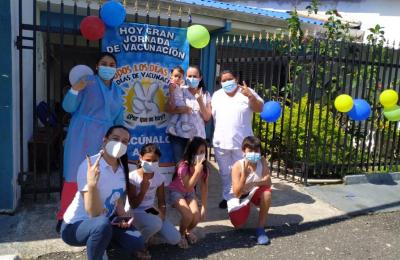Objective
To assess changes in reproductive, maternal, newborn, child, and adolescent health (RMNCAH) in Haiti from August 2018 to September 2021, before and during the COVID-19 pandemic.
Methods
A retrospective study using surveillance data from the Haitian Unique Health Information System, examining two periods: pre- and peri-COVID-19 pandemic. Health indicators at the national level in the two periods were compared using two-sample t-tests for proportions, and average absolute monthly changes were calculated using variance-weighted regression.















